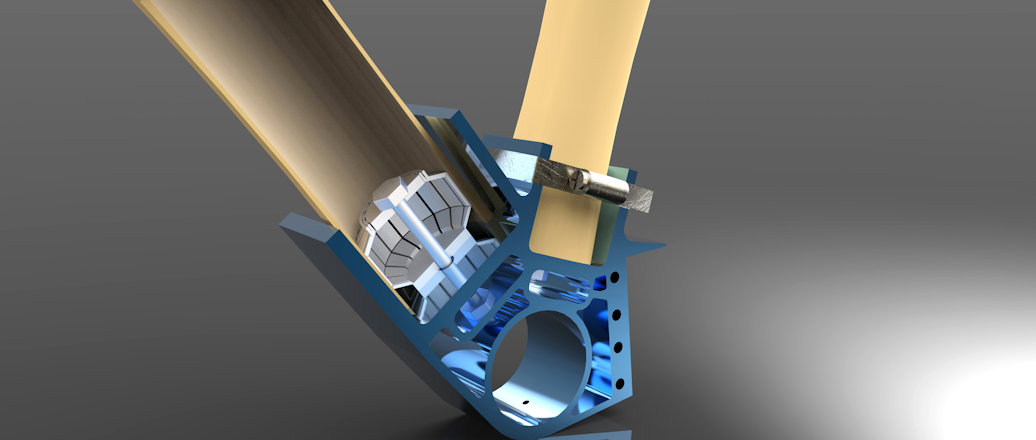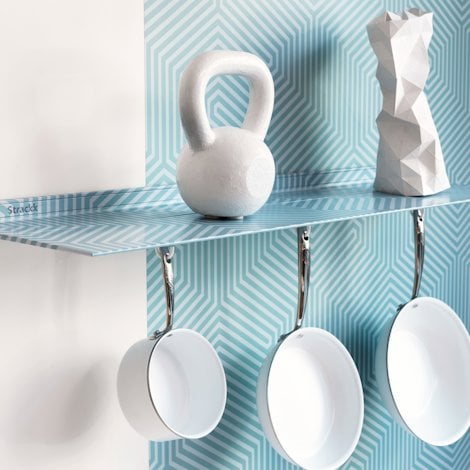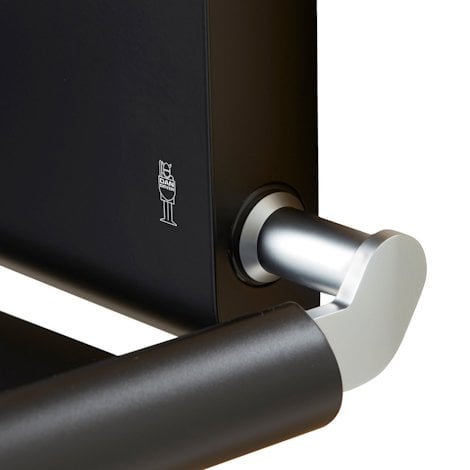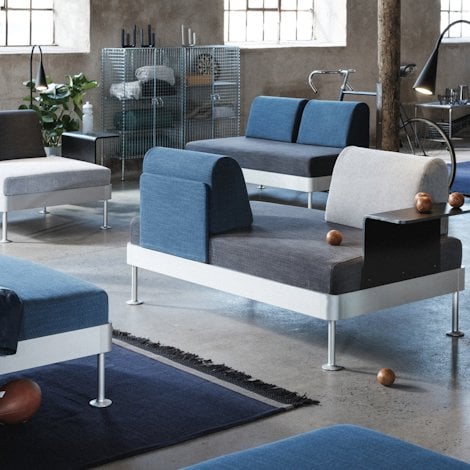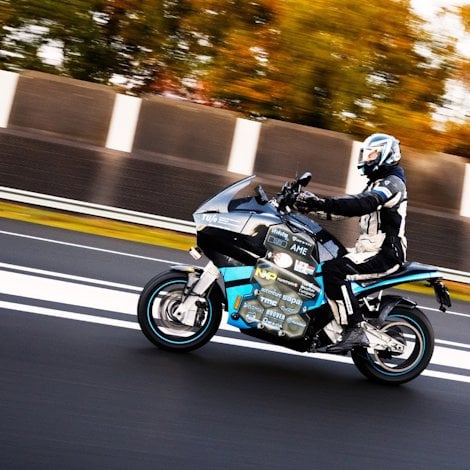Bamboo meets aluminium in innovative bicycle
The idea for the "bamboo bike in a bag" came to me when I was looking into the work that has been done in Ghana by the socio-ecological green initiative "Ghana Bamboo Bikes."
In Ghana, they train the local population to build bicycles using bamboo, a material that is available locally in abundance. The bikes are then sold both locally and internationally, invigorating the local economy by providing jobs and skills to a typically unskilled rural population, providing social and literal mobility.
The idea of using aluminium extrusions to contribute to the outstanding work done by projects like these came to me in my final year at Northumbria University, when we were given an opportunity to enter The Power of Aluminium, a competition sponsored by Sapa (now Hydro) in the UK. The brief was to utilise aluminium extrusions in a new or interesting way and I had the idea to use aluminium extrusions to optimise the manufacturing process of bamboo bikes.
The concept was to use extruded nodes that could connect the lengths of the bamboo together. The nodes would ensure the frame geometry was suitable for the environment and target user. The dimensions of the frame were designed so that standardised bike parts such as bearing cases, axles and so on could fit into them. The nodes could then be sold to green initiatives, with the bamboo being sourced locally by the user.
The design challenges that had to be considered were numerous. Bamboo comes in many different shapes and sizes; what size would be appropriate? How could the design utilise the grain properties of the bamboo in the fitment type? What type of connection could provide the strength that is necessary for a bicycle?

I discovered that there were no existing connection methods that would provide the necessary flexibility in dimensions and strength. I decided to take inspiration from expansion pipe fittings, which use a compressible olive to create a secure connection. I adapted this idea so that it would work with varying sizes of bamboo, meaning that my expansion fitting needed to be split into different sections so that each individual “arm” or “prong” could form a mechanical interference with the inside of the bamboo.
In order to specify the material of the nodes, ANSYS simulations were run to discover the maximum stress that would be acting on each node. This was predicted to be 98 Mpa on the bottom bracket node; this value allowed me to choose an alloy that would have a yield strength that was twice as high as the predicted stress to account for a safety factor. As the extrusions are of a high complexity due to the bamboo connection method, the chosen material was 6060 aluminium alloy with T6 heat treatment. This material has suitable yield strength and is suited to complex extrusions.
Cost was a very important aspect of this project, as it is intended to help people and therefore needed to be as affordable as possible. Several design decisions, such as reducing machining, using standardised parts and reducing material quantities, helped reduce the cost of production, which was estimated at £37.
After solving these and many other challenges, I was satisfied that the design had enough functionally at this stage of development, and with more development had great potential to become an idea that could really make a difference.

